Recent Red Dot Transition
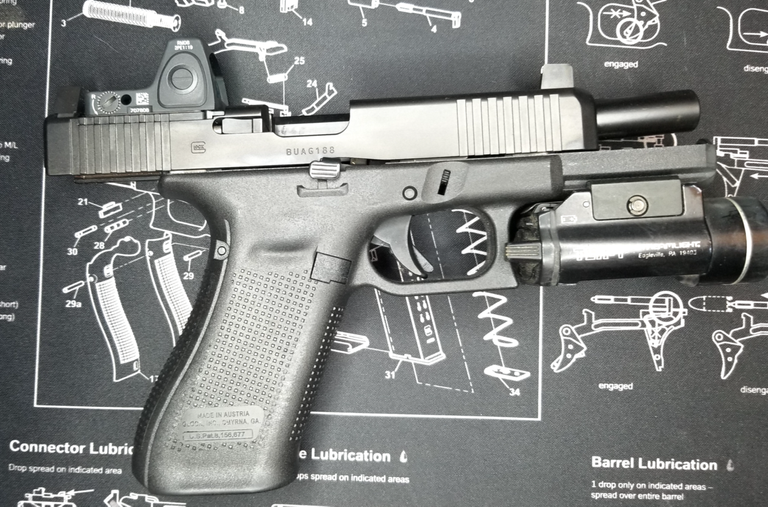
Recently, my department made the decision to transition from tradition pistol sights to a red dot variation. As the agency firearms instructor and rangemaster, I was tasked with the research of viable options and for preparing and issuing the invitation to bid for potential vendors once the brand and type of optics were chosen. This process can be demanding and lengthy as I experienced when we decided to implement a patrol rifle element to our weapon systems. However, I fortunate enough that a Sgt. at a neighboring department who used to work for me had just completed the entire process for his department and had a mountain of testing data and hands-on experience for me to pull from.
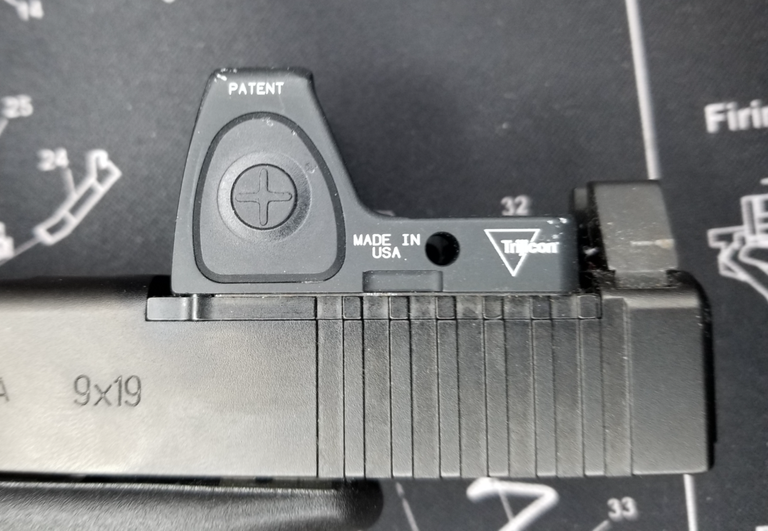
I spent the better part of a week pouring over the data and spending a substantial amount of time on the phone with the Sgt. and reps from some of the leading brands we were considering. The data I was able to obtain had reams of drop test data, catastrophic failure data, accuracy retention percentages, and a list of failures experienced at various rounds fired intervals. After a decent amount of deliberation, we narrowed down the choices to Holosun's 507 series and Trijicon's RMR line. In the end, Trijicon just had more field time and was better suited durability wise for the rigors of patrolling. Test after test proved them to be nearly indestructible and that was the feedback from the Sgt. who had demoed a unit directly from Trijicon. He did everything from drop it from waist and chest level repeatedly to racking the weapon with the sight off of door frames, boots, wooden range posts, etc. So, we felt fairly confident in our decision to move forward with the Trijicon RMR in the RMO6 sizing.
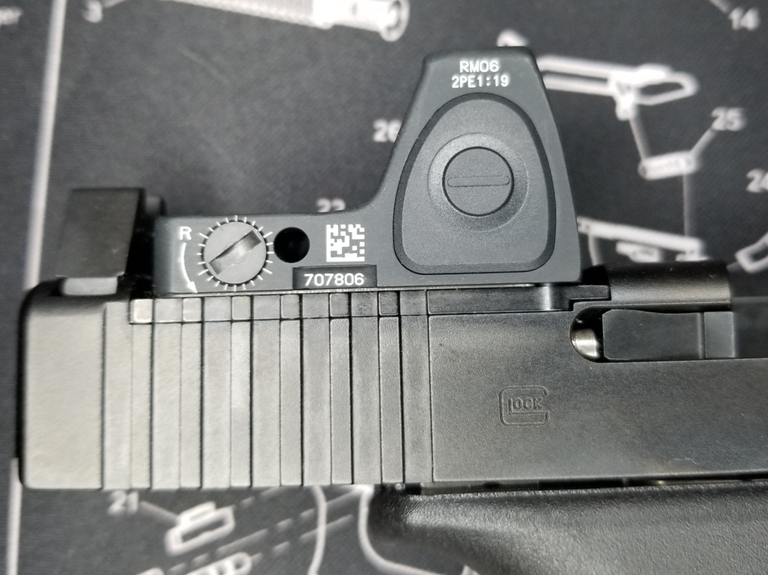
The pistols were were utilizing at the time were fairly new Glock 17 Gen 4 models but they would have to be milled and modified in order to accept the mounting of the red dot sights. It ended up being a better fit for us to purchase new Gen 5 MOS 17s at just a little more overall than milling each weapon. The administration also felt more confident in not modifying the factory structure of the weapon for a sight system. The only issue we ran into was that the Glocks were on back order for 6-9 months and the optics were back ordered for 3 months. The vendor we decided to go with was able to offer us a package deal on the weapon, sights, and holsters and they agreed to mount the sights for us so all we had to do was have a range day to sight the weapons in for each officer and conduct some transition training.

The weapons came in and we got the issued to everyone. We noticed a significant increase in range scores with some of our more challenging shooters and even our best shooters saw and increase in accuracy. The only issue we experienced was getting used to a much bulkier holster which affected the draw dynamic and sight acquisition issues in the beginning. I feel the suppressor sights that were installed on the weapons as a secondary sight system in the event of optics failure could have been a bit less elevated, as it is they tend to mess with the acquisition of the dot. We also had a few complaints of the stiffness of the holster but that has subsided with wear and use.

On the whole, I could not be more happy with the results as expressed in the increased accuracy of even our most troubled shooters and the older officers report shooting better than they have in years due to the red dots being more suited to eyesight issues such as the use of reading glasses, bifocals, etc. We have had several open range dates since we issued the new weapons and optics and we have seen better times on draws and first shot times the more the officers practiced with them. I have never understood why it is so stinking hard to get cops to practice shooting! lololol
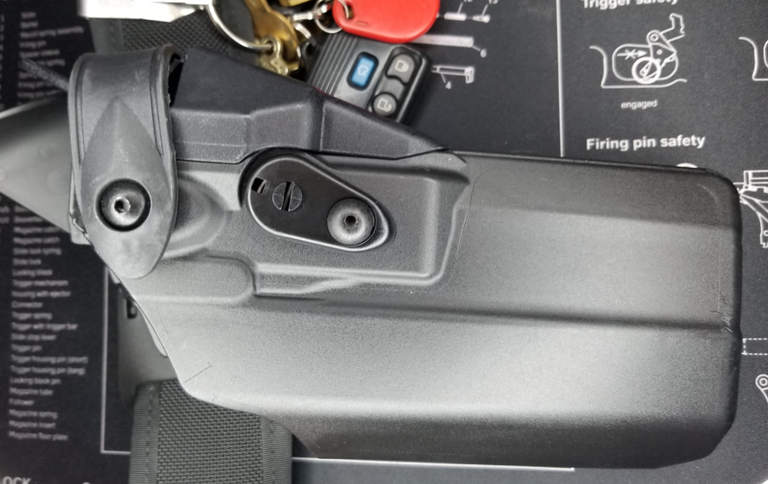
So what's your take on red dot optics for pistols? Do you like them, hate them, or something in-between? Let me know in the comments and thanks for reading my ramblings!
All That Is Gold Does Not Glitter,
Not All Those Who Wander Are Lost
-Tolkien
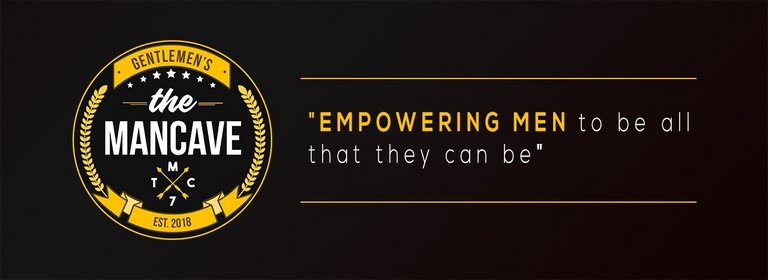

I am intrigued by the idea, but not sure I would want it on an EDC CCW due to the bulk. Open carry is another matter entirely. I don't really see a downside.
I'd like to hear your department's use of force policies. When would you aim at another human? What laws are you unwilling to enforce with lethal firepower?
I initially bought an off-duty concealable holster for it, but it is just too cumbersome for me. My edc is a Glock 26 or a Smith & Wesson M & P Shield. I just can't beat those two for comfort and I usually opt for the Glock (old habits and whatnot...lololol).
Man, I could write a book or an entire post just on this one questions..lololol The most basic short version is that our Use of Force policy, which include use of deadly force,(like most in the US) is based upon several key SCOTUS rulings as follows:
Additionally, there are several State of Georgia laws that address the use of force (including deadly) that pertains to the general public and also specifically geared towards law enforcement.
Basically, officers can only intentionally use deadly force to protect themselves or others from serious bodily injury or death, to prevent a forcible felony ( Murder, Rape, Robbery, etc.), or to apprehend a felon they reasonably believe possess a deadly weapon ( or object that when used offensively is likely to cause serious bodily injury or death) or when they have probable cause to believe they have committed a crime that involved inflicting or threatening to inflict serious bodily harm or death.
Sorry for the lengthy response, but I'm also a police firearms instructor, general instructor, and a training coordinator so I have to be careful when stating my views with regards to use of force, firearms, etc.
Thank you so much for taking the time to read and for the interesting questions about use of force. Let me know if that wasn't clear or if you want me to drill down a bit more on any aspect of this.
I think it could be a worthwhile post series. We could even have a civil debate on the necessity of government monopoly policing, the nature of malum prohibitum versus malum in se crime, police accountability, etc.
We could discuss the Peelian Principles and whether modern police procedures match up. What is the nature of rights and responsibilities? What is lawful and legal, and is there some principle outside court decisions and legislation?
I am an anarchist, but not the black-hoodie-and-molotov-cocktail stereotype. I believe in an ordered society, and I see a need for security and investigation services, but the structures in place now strike me as rife with abuse and perverse incentives.
There is quite a bit to discuss with all of these topics to be sure.
I would say that there is a great deal of malum prohibitum that is completely unnecessary and that boils down to a literal money grab by government. My belief is that this is a legislative problem, not necessarily a policing problem. Law enforcement swear an oath(we obviously see many situations where they do not abide by it) to uphold law unless it is immoral or unconstitutional. Within the confines of our federal and state constitutions are the foundations for the structure of government and elected officials wield the power of legislation, of course they often forget who they work for and do not put enough contemplation in the laws they draft and pass into statue. Therefore if the elected legislative body were to be more mindful of the laws passed, and more importantly rejected, the less malum prohibitum crime would need police intervention.
I love that an anarchist and a cop (moderate, mainly libertarian btw lolol) can have open honest communication and an exchange of ideas without hostilities. Thank you so much for commenting and interacting on my post!
The failures of mainstream politics led me to libertarianism, which in turn led me to anarchism of the Austrian economics and decentralized authority variety.
Hard to go wrong with the Trijicon RMR. More expensive but more durable, on a police fleet means you're gonna save in the long run and also have the superior dot. Good choices!
Thanks! Once I ran the data there was little comparison in longevity and in-field use reliability. I tried to be as open and non-biased as possible, but I do have a Trijicon Holographic on my patrol rifle.....soooooo lololol